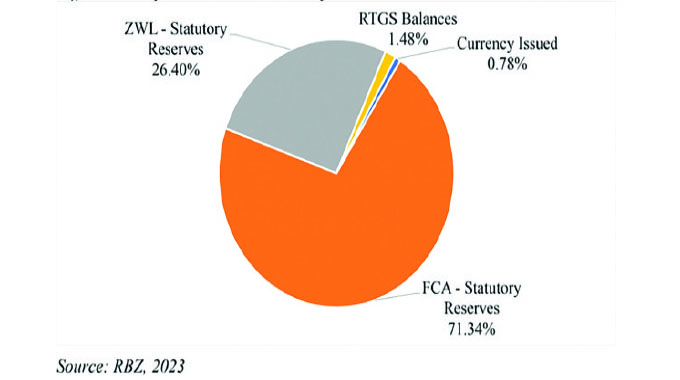Oil rebound gives world stocks a lift

LONDON/SYDNEY. – A rebound in oil prices on concerns of tight supply gave world stocks a lift yesterday in a session hit by a US holiday.
Oil got a reprieve as lower output from the Organisation of the Petroleum Exporting Countries (OPEC), unrest in Libya and sanctions on Russia outweighed fears of a global recession.
“Oil fundamentals remain supportive,” said Warren Patterson, head of commodity research at ING.
“Clearly OPEC is still struggling to hit its agreed output levels,”
Output from the 10 members of OPEC in June fell 100 000 barrels per day (bpd) to 28,52 million bpd, off their pledged increase of about 275 000 bpd, a Reuters survey showed on Friday.
Brent crude steadied at US$111,59, while US crude eased 12 cents to US$108,32 per barrel. Both fell over US$1 in early trade.
MSCI’s world equity index gained 0,25 percent and MSCI’s broadest index of Asia-Pacific shares outside Japan (rose 0,14 percent, after losing 1,8 percent last week.
Global equities hit 18-month lows last month on anxiety about rising inflation and interest rates, but have since made minor gains.
“Some markets are starting to find their footing but there’s a lot of volatility right now,” said Sebastien Galy, senior macro strategist at Nordea Asset Management, pointing to risks from the release of key US non-farm payrolls data later this week.
European stocks rallied 0,7 percent and Britain’s FTSE rose over 1 percent, helped by gains in oil and gas companies.
Chinese blue chips closed 0,7 percent higher, boosted by a 4,65 percent surge in Chinese healthcare stocks. Cities in eastern China tightened Covid-19 curbs on Sunday amid new coronavirus clusters. Japan’s Nikkei added 0.84 percent, though South Korea dipped 0,22 percent.
US S&P 500 futures and Nasdaq futures fell 0,7 percent and 0,8 percent respectively, however, as recent soft U.S. data suggested downside risks for this week’s June payrolls report. US. stock markets are shut on Monday.
Technical recession
The Atlanta Federal Reserve’s much watched GDP Now forecast slid to an annualised -2,1 percent for the second quarter, implying the country was already in a technical recession.
The payrolls report on Friday is forecast to show jobs growth slowing to 270 000 in June, with average earnings slowing a touch to 5 percent.
Minutes of the Fed’s June policy meeting on Wednesday are expected to sound hawkish, however, given the committee chose to hike rates by a super-sized 75 basis points.
The market is pricing in around an 85 percent chance of another hike of 75 basis points this month and rates at 3,25-3,5 percent by year end.
“But the market has also moved to price in an increasingly aggressive rate cut profile for the Fed into 2023 and 2024, consistent with a growing chance of recession,” said analysts at NAB.
“Around 60bps of Fed cuts are now priced in for 2023.”
Cash Treasuries were shut but futures extended their gains, implying 10-year yields were holding around 2.88 percent having fallen 61 basis points from their June peak.
German 10-year government bond yields , the benchmark for the euro zone, rallied 5 basis points to 1 276 percent after plunging last week as investors rushed to safe-haven bonds. Bond yields move inversely to price.
In currencies, investor demand for the most liquid safe harbour has tended to benefit the US dollar, which was steady near two-decade highs against a basket of competitors at 105.09 .
The euro was flat at US$1 0425 , not far from its recent five-year trough of US$1 0349.
The European Central Bank is expected to raise interest rates this month for the first time in a decade, and the euro could get a lift if it decides on a more aggressive half-point move.
The Japanese yen also attracted safe haven flows late last week, dragging the dollar back to 135,38 yen from a 24-year top of 137.01, though it was up 0,18 percent on the day.
A high dollar and rising interest rates have not been kind to non-yielding gold, which was trading at US$1 808 an ounce , down 0,13 percent after hitting a six-month low at US$1,784 last week. – Reuters








Comments